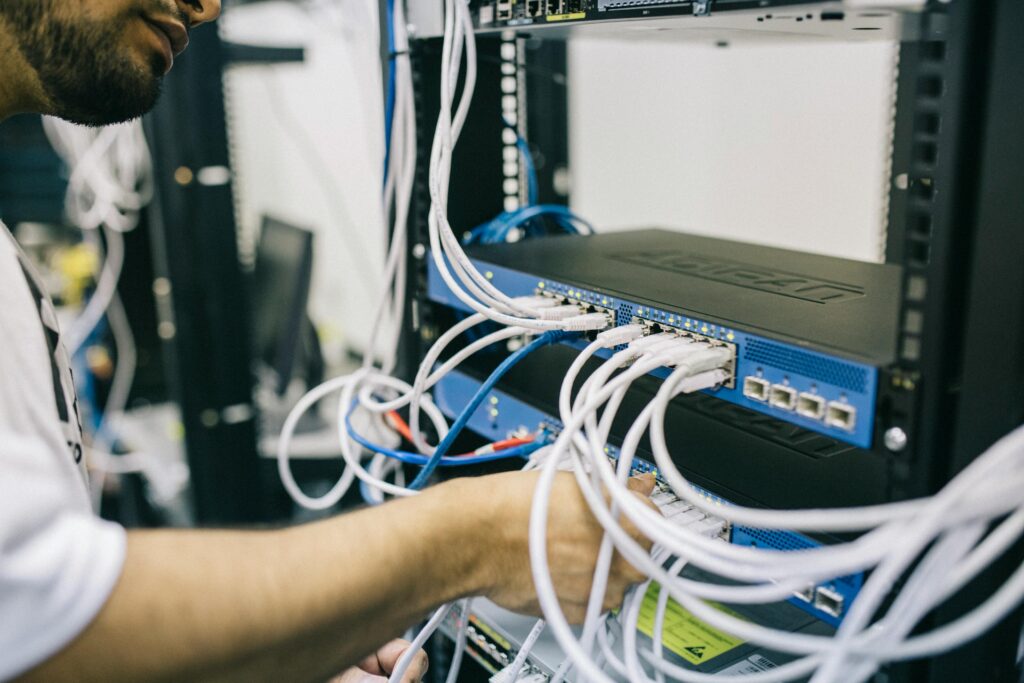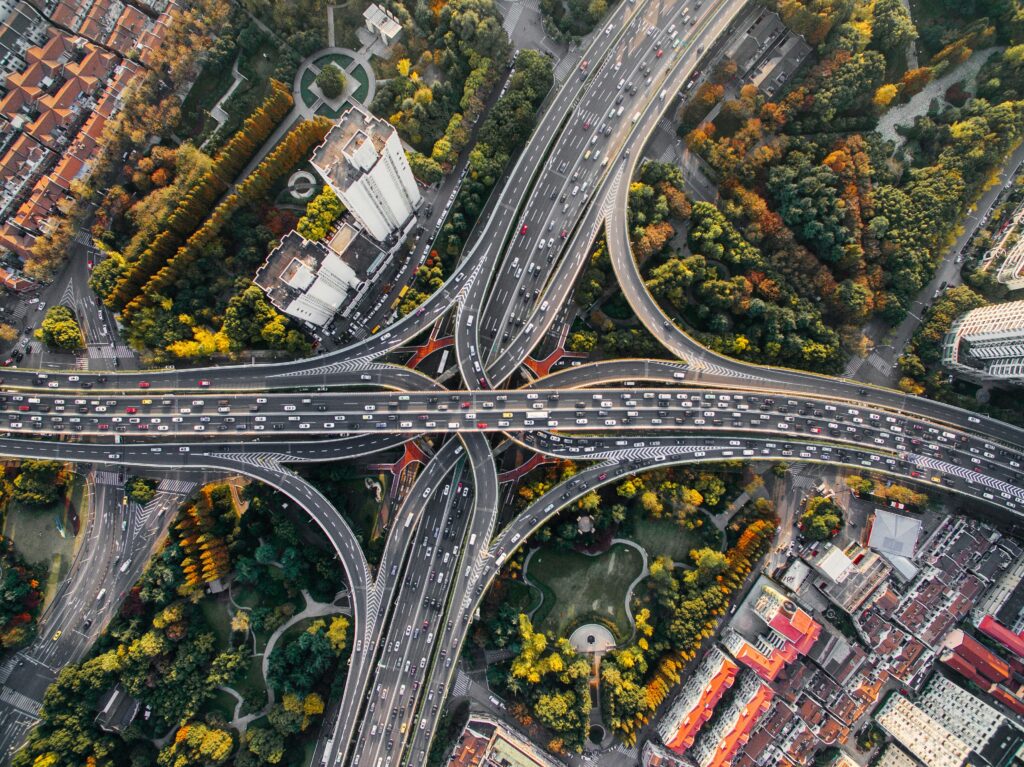I was at a dinner earlier this week talking about a joint study EMC did with the Institute of the Future on what to look for in terms of changes in 5 years. I kind of walked away with the perception that if you aren’t a Chinese company you are likely screwed since this was the second presentation this week which showcased just how much more aggressively Chinese companies were positioning for the future and that the Chinese Government, in sharp contrast to the US Government (and most others) was aggressively working to increase this competitive advantage not cripple the companies in their country. Something to ponder as we drop into an election cycle.
But one of the core comments that was made at the table bears repeating and fleshing out. It was that we constantly overestimate the near term impact of technology and under estimate the long term impact of technology. Thus we panned screen phones and tablets initially because they badly missed expectations and then were surprised at the speed the iPhone and iPad took over the market. We don’t seem to get that technology tends to struggle initially while laying a foundation and then shoots up like a weed once the foundation is set and the demand cycle finally takes hold.
Let’s talk about that.
History
If we look back at some of the mostly Apple sourced surprise successes we can see their foundations up to a decade earlier. Phillips was showcasing iPhone like designs in the late 1990s, Microsoft had the Windows Tablets show up in the early 2000s but even they were well after firms like Grid Computing had showcased tablets in the early 1990s, and the Apple Watch was preceded by the by Microsoft’s Spot Watch around a decade ago (and frankly it was far easier to use).
The Roomba robotic vacuum that seems so amazing was actually showcased in Disney’s House of the Future back in the 1950s (this house also had a wall mounted TV, something else that wouldn’t show up until nearly 50 years later). Let me digress because I have a funny story on this house. It was built of fiberglass a substance used in cars like the Corvette but that never made it in home building. When they went to tear down the house they figured it would take them a couple of days. They had a wrecking ball and it smashed into the house only to have the house bounce the thing back off nearly unscathed. It took them several weeks to cut the thing up with saws. (The foundation of the house is still there if you know where to look). And that is the substance we don’t build houses with. Disney also showcased one to one video conferencing back then but that really didn’t become all that common until Skype and FaceTime.
This showcases the weird dual nature of this stuff. We tend to get really excited about the new technology, then go into an “it sucks phase”, and this is eventually followed by a surprising new product that actually works. For instance we are still in the “it sucks” phase with Google Glass but there is no doubt we’ll be surprised by a coming product from someone that will set the market on its ear because it works.
Why?
The why behind this is that it generally takes a number of years to figure out why someone would want the technology and to fix the ecosystem around it so that it actually works. With the tablet the original idea was that it was just for forms and this did hold but it was a very small market, Microsoft then thought it would be great for people that liked working with paper and pencil but they never really released a good alternative (the rule they tried to break is that it is virtually impossible to design a product for a group you aren’t part of). Apple’s success was that they designed for folks that wanted to have something bigger than an iPod that entertained them. This was their audience and no one knew it better and thus they had a success with the iPod. The iPhone was for folks that wanted an iPod that made calls (so they didn’t need an iPod and a phone). The Apple watch is simply a more elegant iPod Mini for your wrist.
So the process is the idea comes first, then it takes a while to figure out and fix what is missing to make it work and why people would want it, then a successful product shows up and change is very rapid.
What’s this Mean: Robots, Flying Cars, Artificial Intelligence, Oh my?!?
What this means is that technologies that have completed this first phase like robots, flying cars, and artificial intelligence, are rapidly completing the second which suggests very rapidly we’ll be up to our armpits in amazing stuff. Flying Cars were waiting for two things, effective safe powerful engines and auto navigation. We have the power and thanks to self-driving cars and drones we have most everything else sorted (but the FAA). The technology underneath Robots is dropping in cost like a rock and partially thanks to Moore’s law the intelligence needed to have a true robotic assistant is nearly ready. Finally IBM’s Watson continues to evolve and it is only one of a number of advanced computing systems that are being rapidly ramped largely thanks to vastly improved voice interfaces like Siri and Cortana.
This suggests the end of this decade is going to look really, really, different than the beginning and that combinations of the technologies like Amazon’s Delivery Drones (robots+flying cars+AI) are likely to emerge very quickly. We’ll hope the result won’t be like this Audi Ad and that we’ll still remain relevant. Until then hold on to your hats, change is in the wind.
- A Legacy of Defense: Why HP Stands Alone - December 19, 2025
- Plumbing the AI Revolution: Lenovo’s Strategic Pivot to Modernize the Enterprise Backbone - December 17, 2025
- The Breaking of the Monolith: How HPE and AMD Are Rewriting the AI Script - December 11, 2025



